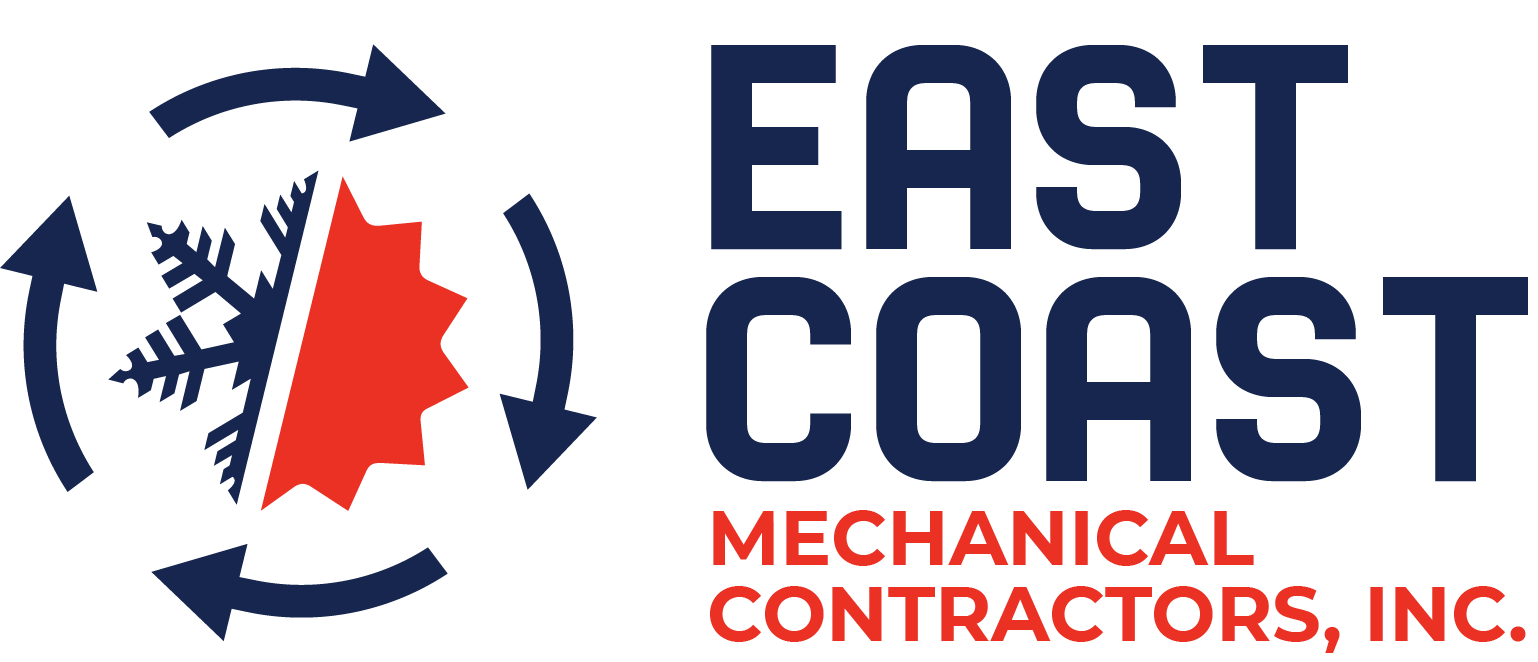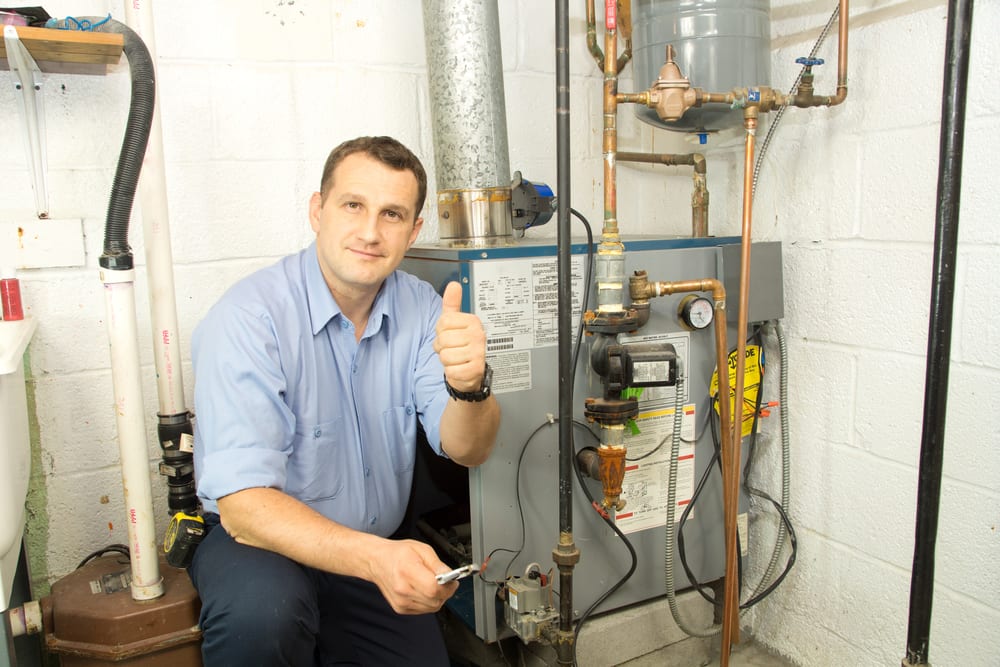Your existing air conditioner contains a refrigerant that needs to be removed before a new one can be installed. According to the EPA standards, it is unlawful to openly vent this refrigerant into the atmosphere.
A device known as a recovery machine must be used along with a recovery tank to safely and legally remove the refrigerant in the existing central air conditioner system. This is the only process that allows for the safe removal and proper handling of the refrigerant.
Any individual handling any refrigerant or equipment containing refrigerant must have an individual EPA certification. An EPA certification only certifies the name listed on the certification. Therefore, each member of the installation team, service team, or anyone who might handle refrigerant or equipment containing refrigerant are required by law to have their own individual EPA certification.
Central Air Conditioning Installation
Once the refrigerant is recovered properly, electrical wiring is disconnected from the existing air conditioner. Near the air conditioner is a disconnect box, which is a safety device in case of emergencies. It can shut down your A/C unit.
From the disconnect box, a “whip” (flexible electric conduit) carries the power to the air conditioner. Good HVAC companies replace the disconnect and the whip when replacing an air conditioner, to ensure system safety.
In cases where an old system lacks a disconnect box, a new one is required by safety codes to be installed with the new air conditioner. There are specific installation guidelines for sizing and wiring the disconnect properly.
The circuit breaker should be turned off in the electrical panel before any work is to be done inside the service disconnect. Once all the existing connections are safely removed, the existing air conditioner is ready to be removed.
Preparing the Area for the New Central Air Conditioner
In most cases, the existing location of the air conditioner will require some prep work before the new air conditioner can be set in place. This prep work includes replacing the pad that the new air conditioner will set on.
New air conditioners are larger and taller than their predecessors. There are also times when the ground has sunk. Before the new pad can be set, the ground must be leveled. Good HVAC companies use a gravel base to level out or build up the area where the new air conditioner will be placed.
Some people think it is better to have a concrete pad poured for the new air conditioner to set on. A concrete pad is not necessary and can crack and shift drastically. When this happens, it is very difficult to repair or remedy. Instead, a composite pad is recommended. The composite pad is purposely designed to be outside and last the lifetime of the new air conditioner. Additionally, it’s often better equipped than concrete to absorb vibrations from the machine, which can reduce noise and shaking.
Once the new air conditioner is installed, it cannot be moved or lifted safely without damage in most cases. Many internal elements are rigid and pressurized. Moving it after it is connected could permanently damage the system. A composite pad can avoid damage to the air conditioner if it needs to be leveled in the future.
Contact Us
If you do experience any emergency issues with your A/C system, you can always give us a call. If you have an upcoming HVAC project, join hands with a licensed and insured contractor at East Coast Mechanical. Email: ecmcecmc@aol.com Address: 5133 W Hurley Pond Rd Suite A, Wall Township, NJ 07727 Hours: Monday to Friday 8 AM to 5 PM and Closed Saturday and Sunday.

